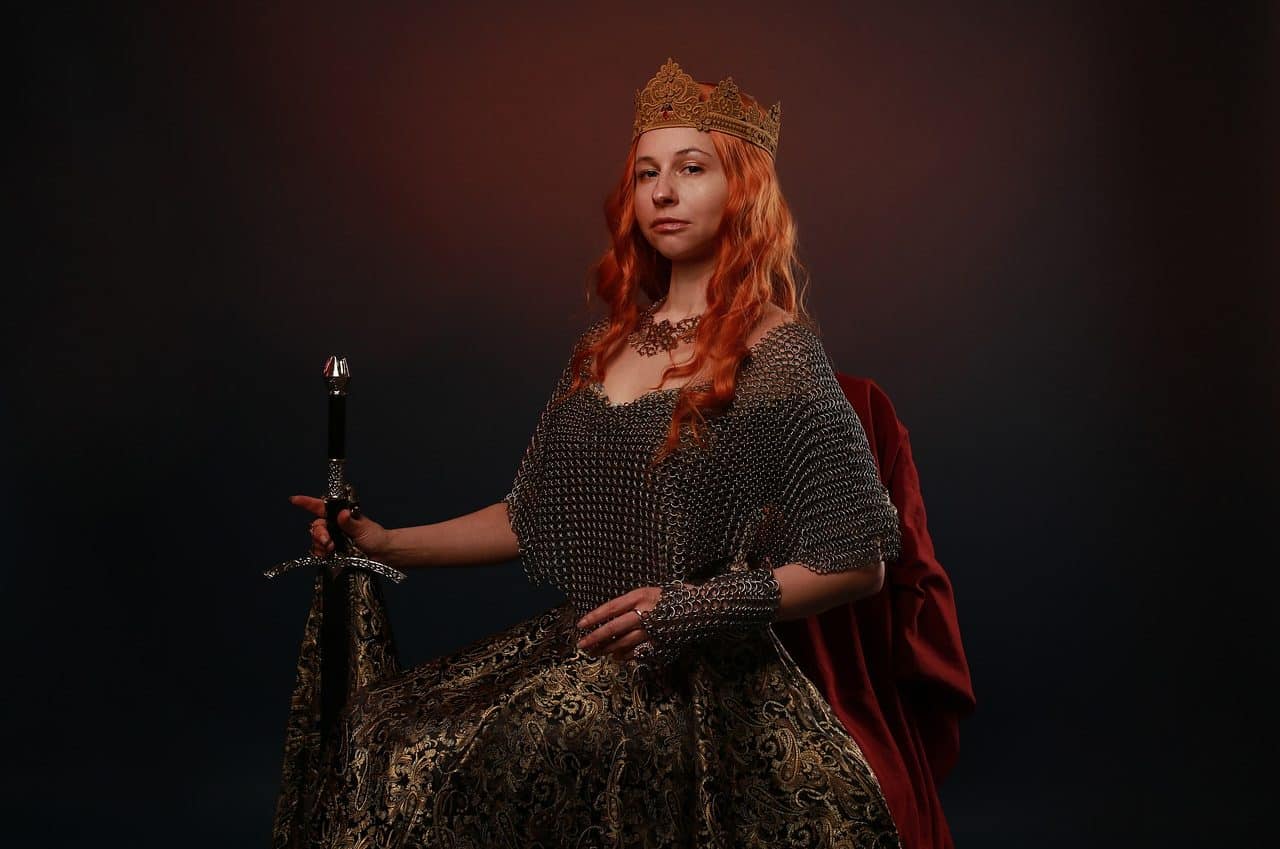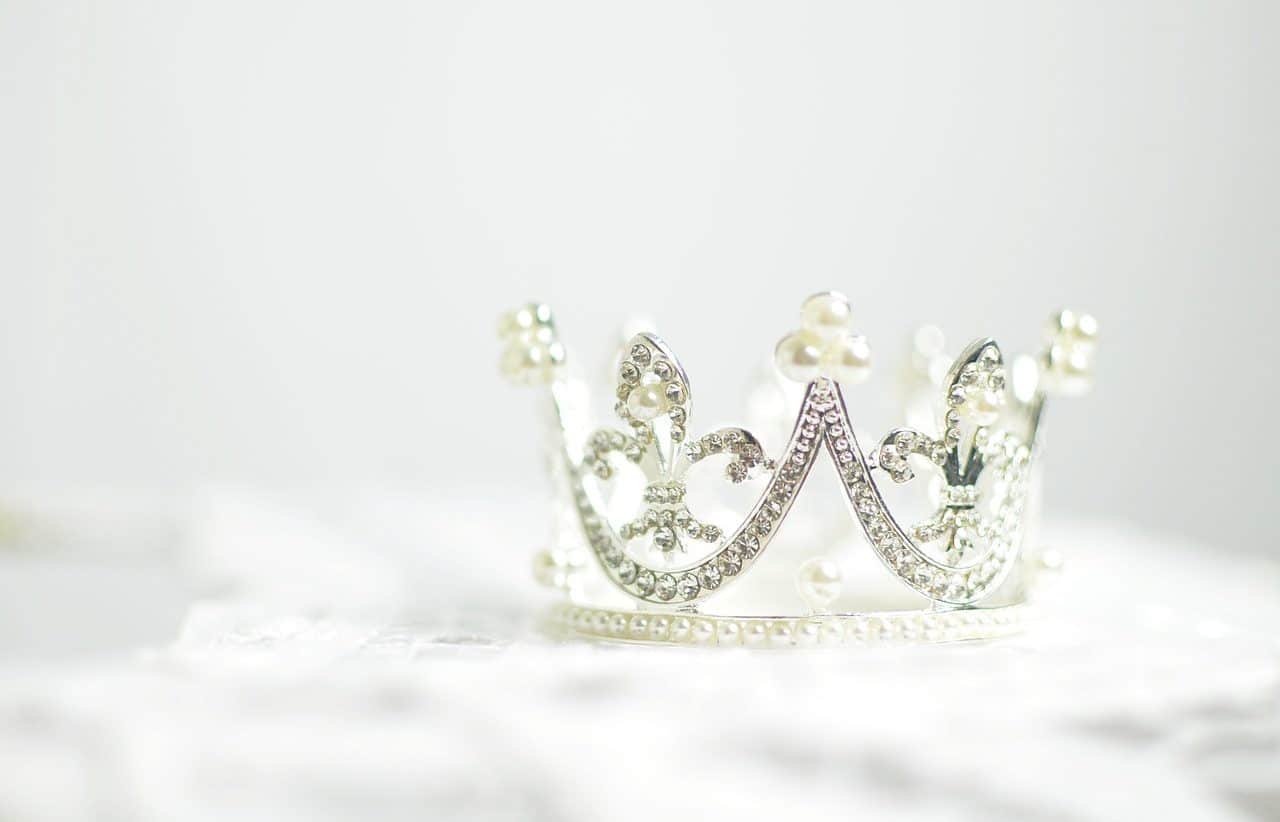
Queens and kings are monarchs, people with supreme authority over their territory.
A monarch is an individual who holds supreme authority in a country or territory. Typically, this power is acquired through inheritance , although in some cases it may be granted by election or through conquest. Monarchs can have different titles, such as king, queen, prince , princess, duke and duchess, among others, depending on the culture and history of the country or region in question, and are usually associated with the concepts crown, throne, nobility and palace. . The political system in which a monarch exercises his authority is known as a monarchy.
Monarchy: origin and evolution
Monarchy , as a form of government, has its roots in early human civilizations. In these primitive groups, tribal leaders played a fundamental role in decision-making and conflict resolution within the community. They were generally individuals respected for their strength, wisdom, or lineage .
One of the earliest examples of monarchy dates back to the civilizations of the ancient Middle East, such as Mesopotamia and Egypt . In Mesopotamia, city-states such as Uruk and Ur had rulers known as lugales or ensis , who exercised authority over the city and its surroundings. In Egypt , the pharaohs ruled as sovereigns with unlimited and unquestionable power ( absolute monarch ), considered as living divinities and with complete control over the land and the people.
In ancient Greece , monarchy evolved into more democratic forms of government, such as aristocracy and democracy. However, in other parts of the world, such as in the Persian Empire , monarchy continued to be the predominant form of government, with leaders such as Cyrus the Great and Darius I establishing vast empires based on monarchical authority.
In Europe , monarchy developed during the Middle Ages, with the consolidation of royal power in the hands of kings and queens who ruled over feudal territories. Notable examples include Charlemagne in the Holy Roman Empire and William the Conqueror in England.
The transition from tribal leaders to monarchs often involved a combination of factors, such as the consolidation of military power, legitimation through religion, and the creation of administrative and legal institutions to govern effectively over a broader territory .
Classification
- Constitutional monarchy – The monarch has a ceremonial or symbolic role and his powers are limited by a written constitution that sets out his functions and responsibilities, as well as the rights and duties of citizens and the government;
- Parliamentary monarchy – The power of the monarch is further limited and the government is exercised by a democratically elected parliament. The monarch generally has a ceremonial or representative role, while executive power rests with the prime minister and cabinet, who are responsible to parliament;
- federal monarchy : power is divided between a central government and several subnational entities (states, provinces, regions, etc.). The monarch can be the head of state both at the federal level and in subnational entities, and his functions may vary depending on the constitution of each country;
- absolute monarchy – The monarch has complete and absolute control over the government and society, without constitutional limitations or significant parliamentary controls. The authority of the monarch is considered divine or of divine origin, and his will is law;
- hereditary monarchy – the throne is passed down from generation to generation within a specific royal family, usually through blood or genealogical lines. The monarch is succeeded by his direct heir, according to the rules of succession established by law or tradition.

In ancient Egypt, the pharaoh was a type of monarch.
Count, marquis and baron
The noble titles count /countess, marquis /marquise and baron /baroness form part of the hierarchical structure of nobility in historical monarchies and, in some cases, are still used in countries with monarchical systems or as part of cultural and ceremonial traditions.
Counts are members of the nobility who hold a hereditary title. This title is below the rank of a duke but above a viscount or baron in the nobility hierarchy. Historically, they were responsible for managing and governing a specific region, known as a county. They had authority over matters such as collecting taxes, maintaining order, and defending territory . In some countries, the title of count could also be granted on an honorary basis without specific territorial powers.
Marquises are nobles who occupy a rank higher than counts but lower than dukes. This title is hereditary nobility and is granted to individuals who enjoy an outstanding social and economic status . Historically, the marquises had the responsibility of governing a border or strategically important region, known as a marquisate. Its functions included the defense of the territory and the management of administrative and military affairs.
Barons are members of the nobility who occupy a lower rank in the nobility hierarchy. This title is hereditary and can be granted in recognition of services provided to the monarch or the State . Historically, barons had lands and estates which they managed and from which they derived income. Although their power and social status could vary depending on the country and time, they generally had less authority and resources than counts and marquises.

The crown is the best-known symbol of monarchy in the West.
Symbols and traditions
The following symbols and traditions serve to reinforce the continuity and importance of the monarchy in the national and cultural life of a country. Let's start with the coronation , a solemn ceremony in which a monarch is given the legitimacy and supreme power to rule. This varies in detail depending on tradition and location, but usually includes religious rituals, oaths of allegiance, and the imposition of the crown by an ecclesiastical or civil authority.
The coronation symbolizes the investiture of the monarch with divine authority or the approval of the people , depending on the political and religious tradition of the country in question. In addition to being an event of great pomp and historical significance, it is fundamental to the legitimacy and continuity of the monarchy. The Crown Jewels are a set of precious objects that symbolize the authority and status of the monarch and the monarchy.
These jewels typically include crowns , scepters, orbs, swords of state , and other ceremonial objects. Each of these pieces has its own story and meaning. For example, the royal crown is the most representative of monarchical power and is usually decorated with precious gems and symbols of sovereignty. These jewels are often kept in a special chamber and displayed on important ceremonial occasions, such as coronation or royal weddings.
Royal ceremonies and rituals reinforce the monarch's role in society. Some important annual events include:
- anniversary : celebrated annually in commemoration of the day the monarch ascended the throne. This occasion may be marked by military parades, religious ceremonies, and other festive events;
- Opening of Parliament – In many countries, the monarch has the responsibility of formally opening parliamentary sessions. To do this, he usually reads a speech in which the government's priorities for the next legislative period are presented;
- Royal weddings and births : Marriages and births within the royal family are events of great national importance and are often celebrated with public ceremonies and festivities.
